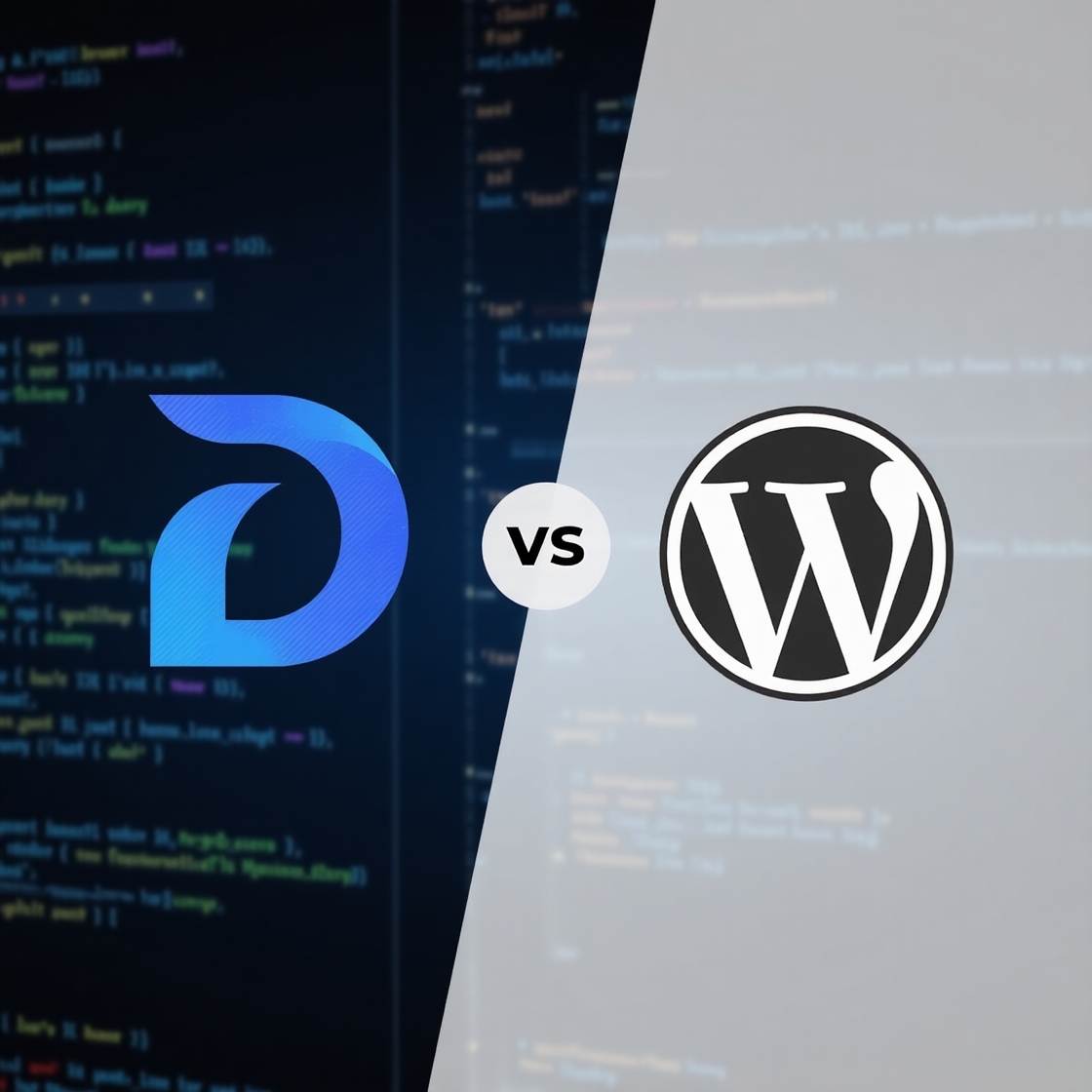Benchmarking Two Popular WordPress Themes: Speed, Efficiency, and Real-World Performance
When selecting a WordPress theme, performance often becomes the deciding factor between competing options. This comprehensive analysis compares two leading solutions with fundamentally different architectural approaches—one known for its visual customization capabilities and the other for its lightweight efficiency. our YouTube channel; https://www.youtube.com/@easythemestore
Core Architectural Differences
Visual Builder Powerhouse
- Frontend and backend editing interfaces
- Dozens of built-in modules and templates
- Drag-and-drop design flexibility
- Extensive styling options with real-time previews
Lightweight Speed Specialist
- Minimalist design philosophy
- Hook-based customization system
- Selective feature loading
- Near-vanilla WordPress efficiency
Performance Testing Methodology
1. Baseline Metrics (No Customizations)
- First Contentful Paint comparison
- Time to Interactive measurements
- Total blocking time analysis
- Lighthouse performance scores
2. Typical Business Website Scenario
- Homepage with hero section, features grid, testimonials
- Blog archive with featured images
- Contact page with form
3. E-Commerce Implementation
- Product listing page performance
- Single product page load times
- Cart/checkout responsiveness
Critical Performance Factors
1. Resource Loading Patterns
- Render-blocking resources
- CSS delivery methods
- JavaScript execution strategy
- Font loading optimization
2. Caching Compatibility
- How each theme works with popular caching solutions
- Static asset optimization approaches
- Dynamic content handling
3. Mobile Responsiveness
- Touch event handling
- Mobile-specific resource loading
- Viewport adaptation efficiency
Real-World Usage Considerations
Development Workflow Differences
- Time investment for similar designs
- Learning curve for optimal performance
- Team collaboration implications
Plugin Ecosystem Impact
- Common plugin compatibility issues
- Performance degradation with popular add-ons
- Recommended plugin pairings
Maintenance Overhead
- Update frequency and impact
- Breaking change occurrences
- Long-term speed consistency
Optimization Head-to-Head
Built-in Performance Features
- Lazy loading implementations
- Critical CSS generation
- Image optimization capabilities
- Dynamic resource unloading
Third-Party Integration
- CDN configuration ease
- Analytics implementation overhead
- AMP compatibility
- Web Vitals optimization potential
This comparison goes beyond synthetic benchmarks to examine how these themes perform in actual business scenarios, helping professionals make informed decisions based on their specific project requirements and technical capabilities. The results reveal surprising strengths and weaknesses that challenge common assumptions about theme selection.
Key Decision Factors Revealed:
- When raw speed is absolutely critical
- Situations requiring deep customization
- Projects with specific technical constraints
- Teams with varying skill levels
- Long-term maintenance considerations
Would you like the detailed performance metrics for specific test scenarios?


